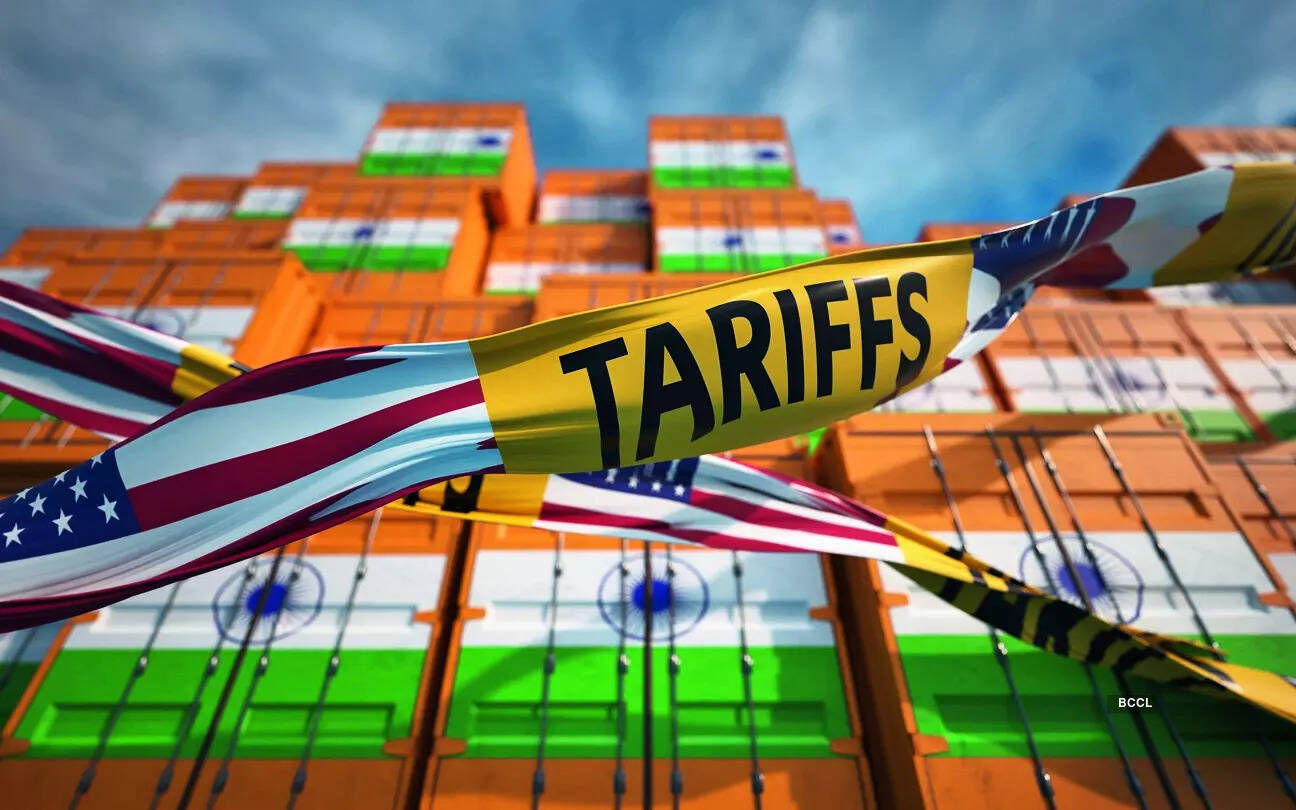
New Delhi: The government is working on an action plan to mitigate the impact of a steep tariff hike of 50 per cent imposed by the US on Indian shipments, Economic Affairs Secretary Anuradha Thakur said.
“There are certain employment-heavy sectors which do have exposure to the US and to that extent may get affected. The government is well aware of that and is assessing the possible impact and working towards possible solutions,” she told PTI in an interview.
Besides, the Department of Economic Affairs (DEA) Secretary said the government has taken some steps and more are in the offing to perk up domestic demand, which could also provide some support to manufacturing units feeling heat of US tariffs.
The government in the Budget had announced zero income tax for income up to Rs 12 lakh under the new tax regime providing substantial savings to taxpayers. The government has also announced GST reforms to be carried out in terms of rate rationalisation, which is expected to bring down prices of many commodities.
Moreover, better than expected monsoon will boost agricultural production and in turn further push rural demand.
Thakur exuded confidence that the government is on track to meet the fiscal deficit target of 4.4 per cent set in the Budget despite temporary mismatches which may have been exhibited in the latest monthly numbers.
The statement assumes significance in the light of Centre’s fiscal deficit rising to 29.9 per cent of the full-year target at the end of July as against just 17.2 per cent of the Budget Estimates (BE) in the same period of the last financial year.
“So this question (of achieving the target) has been coming up because of the latest numbers. I would like to say that quarter-by-quarter or month-by-month assessments of fiscal deficit numbers may not give a correct picture because of temporal mismatches, which may come in on the receipt and expenditure side.
“On the overall fiscal deficit numbers, our assessment so far is that we will be able to achieve the target,” she said.
The Centre estimates the fiscal deficit during 2025-26 to be at 4.4 per cent of the gross domestic product (GDP), or Rs 15.69 lakh crore.
Thakur emphasised that fundamentals of the economy remain strong and even private consumption numbers that came out on Friday are showing positive movement.
The gross capital formation numbers also showed that both public and private capex are strong and there is an anticipation that these should be steadfast in the coming quarters as well.
“Government capex has been a big factor in holding up our numbers so far and not only on the fiscal deficit side but the growth numbers also remain robust as of now,” she said.
Commenting on the June quarter GDP growth of 7.8 per cent, Thakur said it reflects the broad-based nature of the economic expansion.
“Q1 numbers reflect the basic resilience of our economy. It reflects strengthening of the momentum in the economy and it is anchored in strong macroeconomic fundamentals,” she said.
Going forward, Thakur said, “We feel that the basic features or factors which have held us in good stead in Q1 are good performance of manufacturing, construction and service sectors and strong growth on the agriculture side, as well as domestic demand factors that have bolstered growth numbers.”
India’s economy grew by a stronger-than-expected 7.8 per cent in April-June, its fastest pace in five quarters.
The GDP growth in the first quarter of the ongoing fiscal year was mainly driven by good showing by the farm sector, and also helped by services like trade, hotel, financial and real estate, according to the latest government data released on Friday.
The previous highest pace of growth in the country’s GDP was recorded at 8.4 per cent during January-March 2024, as per the data.
India remains the fastest-growing major economy, as China’s GDP growth in the April-June period was 5.2 per cent. PTI

